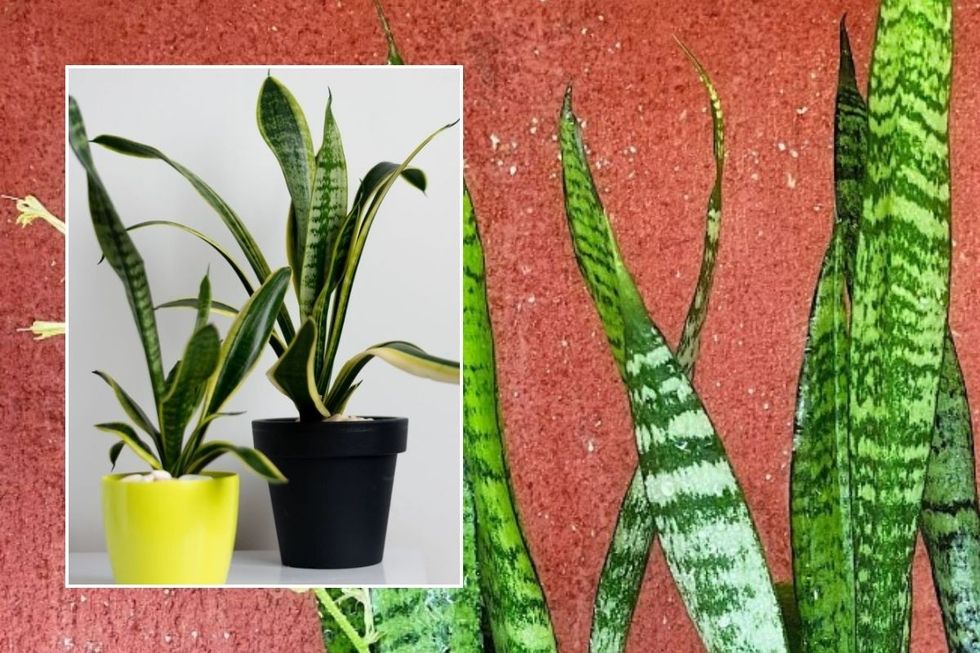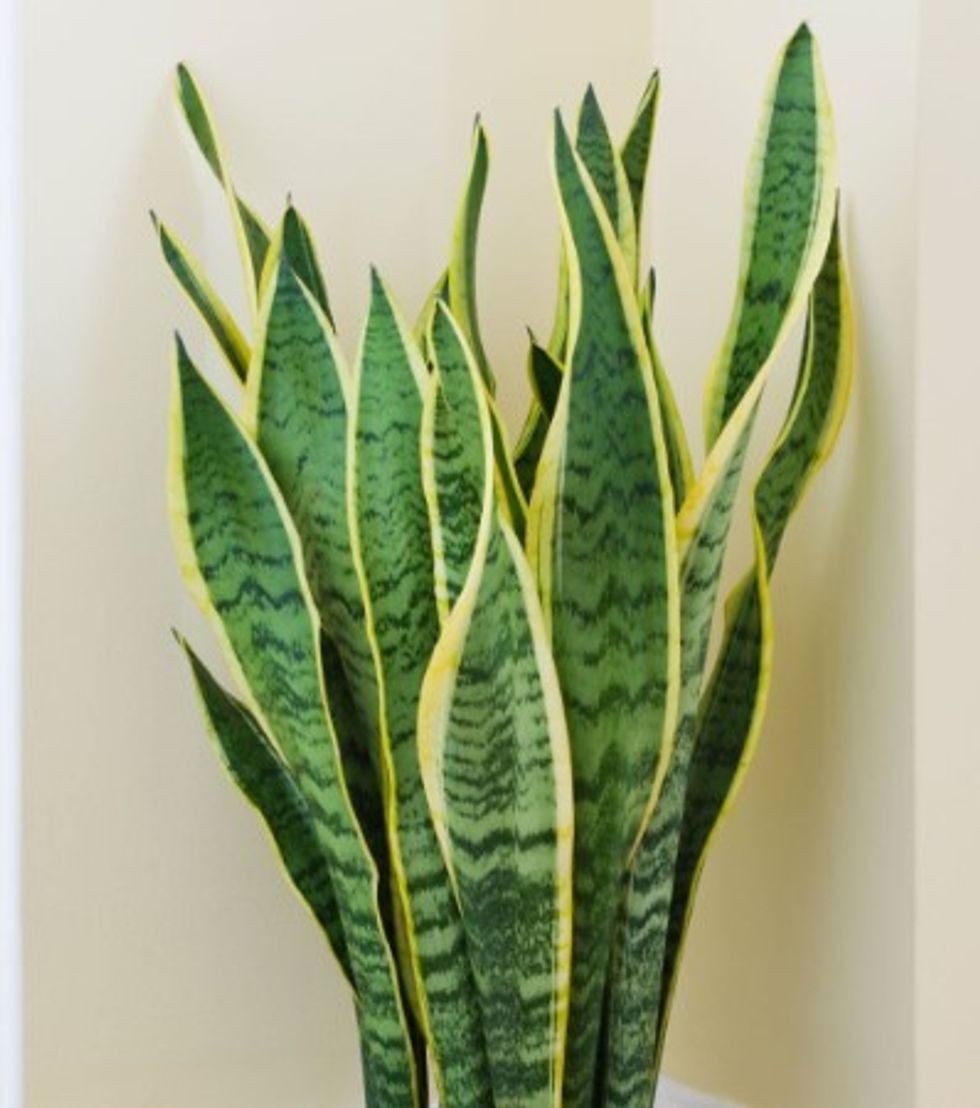‘My snake plant is sending out new shoots left, right and centre since I changed its location in my house’

Snake plants are often mistaken as plants that thrive in low light, which can slow down their growth
Don't Miss
Most Read
Houseplants come in all shapes and sizes, which makes keeping track of their needs a challenge at times.
Snake plants, in particular, are popular among horticulturalists because they have both aesthetic appeal and are low maintenance.
When it comes to their lighting needs, however, gardeners ought to create the perfect conditions so foliage can reach its potential.
Richard, who goes by Sheffield Made Plants on YouTube, claims the plants are often mistaken as low-light-loving species. He argued that his snake plant thrived when he placed it in the sunniest spot of his home, however.

Snake plants need the right lighting conditions to reach their full potential
|GETTY
“He’s now sending out side shoots, left, right and centre, and looking much bushier,” said Richard.
“What did I do? Well, there is a cheeky hack that is a shortcut to a bushy specimen, but the first thing I did was stick it in the brightest spot in my house.”
Snake plants with lanky and bending leaves could be communicating that they’re not getting enough light.
“The idea that snake plants thrive in low light is a lie, they don’t,” explained Richard. “All plants want and need a bit of vitamin D."
The gardening enthusiast explained it is equally important to ensure that foliage gets cleaned regularly.
“A thick layer of grime or dust on the leaves is the same as applying factor 50 on our skin when sitting in the sun," said Richard. "You should definitely be fertilising your plant on a regular basis."
Although brightness is good for the plant, the Royal Horticultural Society (RHS) claims the plant can adapt to a wide range of indoor situations from full sun to light shade.
In terms of temperatures, they do best when grown in temperatures ranging between 15 and 24°C.
“Water moderately from spring to autumn, and more sparingly in winter,” says the RHS. “They are tolerant of poor light and forgiving of a little neglect."
It should be noted that while the plant does best when all its needs are met, experts at Patch insist it is almost "unkillable".
LATEST DEVELOPMENTS

Snake plants are often mistake as low-light-loving species
|GETTY
"If you have a baby, young children, or pets, you should be aware that snake plants can be mildly toxic if ingested," noted experts at Patch.
"While this doesn't mean they're cold-blooded killers, it's sensible to keep them out of reach of small humans and family members."
Graham Smith MCIHort explained feeding should be limited to certain periods of the year. He explained: "Feed your snake plant around once a month between April and September with liquid fertiliser and occasionally wipe the leaves of the plant to prevent dust from building up. Snake plants do not need to be misted as they are capable of coping with drought or dry air."









